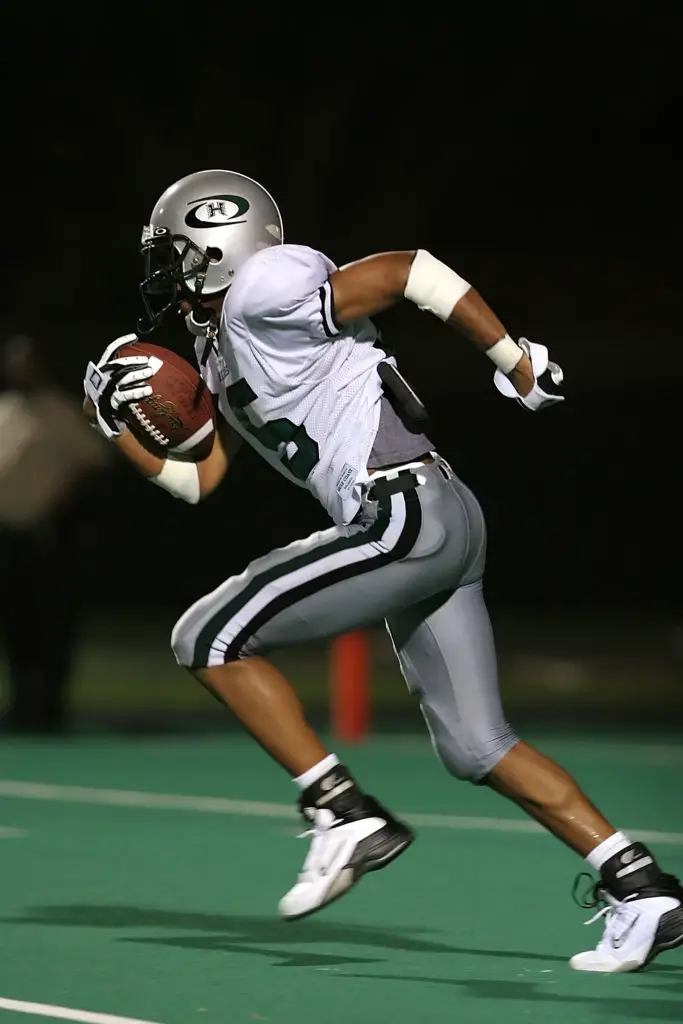NCAA athletes are student-athletes that take part in sports competitions in colleges and institutions they are enrolled. These competitions are sponsored by athletic scholarships by non-governmental organizations such as the National Collegiate Athletic Association which regulate the scholarships. Less than 2% of student-athletes become professional athletes. NCAA athletes cannot play club sports because they as student-athletes are participate in sports of the schools (colleges and institutions) they are enrolled. Let’s start with Can NCAA Athletes Play Club Sports?

NCAA does not regulate club sports and does not offer scholarships for club sports, only athletic sports of the student’s school. Students who meet the requirements and eligibility can register to become an athlete.
How to become an NCAA athlete
- Eligibility center
- Academic requirements
- Division I
- Division II
- Division III
- Recruiting
Eligibility Center
NCAA Eligibility Center is the first step in becoming a student-athlete. It is a portal where intending college athletes are required to create accounts called Certification Accounts. You must be certified by the NCAA eligibility center before you can compete in any NCAA Division schools.
There are two account types each for Division I & II and Division III- Certification Account and Profile Page Account. Those yet to decide can also click on the Division III account. Some information required for the eligibility center is;
- Valid email for student
- Basic student personal information
- Student education history
- Student sports participation history
- Payment
- Academic Requirements
- Academic requirements include;
- Academic history from Division school
- ACT/SAT scores and transcripts
- Amateurism certificate.
Registration
College students who want to join NCAA student-athletes, are academically prepared, and have met the required amateurism standards can do so by registering on the NCAA Eligibility Center website
Division I
Division I is the first division in NCAA sports. There are 350 Division I schools that make up 6,000 athletics teams and comprise over 170,000 student-athletes. Each year, these student-athletes participate in NCAA athletic competitions.
Division I schools that meet the NCAA criteria not only provide academic athletic support for these student-athletes but also provide support in form of full scholarships, cost-of-attendance stipends, degree completion programs, and academic revenue distribution.
Division I is further divided into two subgroups based on sponsorship (Football Bowl Subdivision and Football Championship Subdivision).
Division I Recruiting facts:
- Division I schools have the highest student intakes.
- Have the largest athletic budgets.
- Offer higher academic programs.
- Provide the most scholarships than Division I & II.
- The graduation rate is higher than the other two divisions at 88% as of 2019.
- Median undergraduate enrollment is at 8,960.
- The average number of teams per school –is 19.
- 26 National championships.
- 4% student body participation.
Division II
There are 300 NCAA member universities and colleges in Division II. Student-athletes in this division participate in highly competitive sports. Division II has a balanced model which enables its student-athletes to achieve their academic goals, internships, and interests.
Division II awards partial scholarships to its students which they combine with their academic grants to make up for their financial assistance.
Division II Recruitment facts:
- Provides opportunities to grow.
- High-level athletics competition.
- Community engagement.
- Most participants are college students in their first year.
- 122,722 student-athletes.
- 302 colleges and universities.
- The graduation rate is at 73%.
- Median undergraduate enrollment is at 2,428.
- 16 teams per school.
- 10% student body participation.
- 25 national championships.
Division III
The third and last division of NCAA athletics and also the largest, comprising over 440 institutions and 195,000. Division III like the other two above ensures that the saying “all work and no play makes Jack a dull boy” really comes into play.
Sports are imperative in any institution and Division III makes sure of that. Though the student-athletes of this division do not get any athletic scholarships, at most 80% of the students receive academic grants or some need-based scholarships.
Division III student-athletes are passionate and hence make their mark on the field and in class. They also know that there’s life after college and that life depends on their scorecard, even if they want to progress into professional athletics.
Division III ensures that the student-athletes focus on their educational and career paths while participating in athletic opportunities.
Division III Recruitment Facts:
- Provides an integrated environment that is focused on academic success.
- Provides competitive athletics and meaningful nonathletic opportunities.
- 195,000 student-athletes.
- 440 colleges and universities.
- 80% of student-athletes receive an average of $17,000 in academic grants or need-based scholarships.
- 87% graduation success rate.
- 1,740 median undergraduate enrollment.
- 19 teams per school.
- 17% student body participation.
- 28 national championships.
Conclusion
Participation in college sports provides student-athletes the opportunities needed for growth, support, and success. NCAA college students who participate in college athletics tend to stand out among their peers because they receive support that other students don’t, especially scholarships. They are also better prepared for life after college as they focus more on their academics while engaging in meaningful school sports.
Frequently Asked Questions
1) How many divisions are there in NCAA?
There are three divisions mainly Division I, Division II, and Division III.
2) Do NCAA student-athletes receive scholarships?
NCAA student-athletes of Division I and Division II receive scholarships. Though those in Division III do not receive full scholarships, they do get academic grants.
3) What are the requirements for joining NCAA Athletes?
Student-athletes who wish to participate in NCAA competitions must meet the amateurism standards, ACT/SAT scores and transcripts requirements and have a good academic history.
4) How can one become an NCAA student-athlete?
Registering at the NCAA Eligibility Center begins your journey to college sports.
